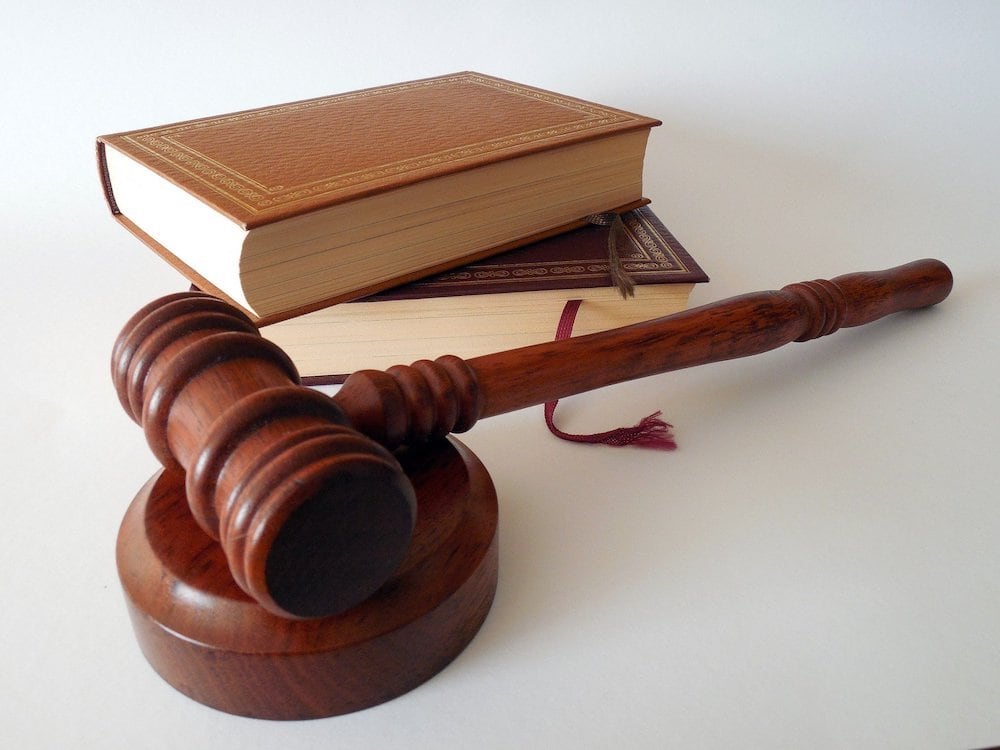Those people in Kentucky researching the potential of filing for personal bankruptcy quickly learn that there are a number of options available to them. The most popular of these is to file in Chapter 7 (indeed, according to the American Bankruptcy Institute, over 76% of the non-business bankruptcy filings in the U.S. in the second fiscal quarter of 2020 were Chapter 7 cases).
The reason for the popularity of Chapter 7 bankruptcy no doubt comes from the fact that this type of bankruptcy allows for the discharge of certain types of debt. Yet to enjoy this benefit, one must first qualify.
The qualifying criteria for a Chapter 7 bankruptcy
Per the website for the Administrative Office of the U.S. Courts, the standard for determining one’s eligibility for filing under Chapter 7 is set by a means test. This test helps bankruptcy court authorities perceive whether one might hope to take advantage of the protections that a Chapter 7 bankruptcy offers. The first step in the means test is to compare one’s aggregate monthly income to that of their particular demographic cohort in their respective state. If it is below the state average, then one automatically qualifies to file under Chapter 7.
The second step of the means test
Should one’s income be above the average amount for their cohort, they move on to the second step of the means test. The court projects their monthly income out over a period of five years (minus certain allowable monthly expenses). If that projected amount is greater than either $12,850 or 25% of their nonpriority unsecured debt (provided that amount is more than $7,700, then one fails the means test.
In such a scenario, personal bankruptcy may still be an option. The court may simply request they convert their petition over to a Chapter 13 bankruptcy.

